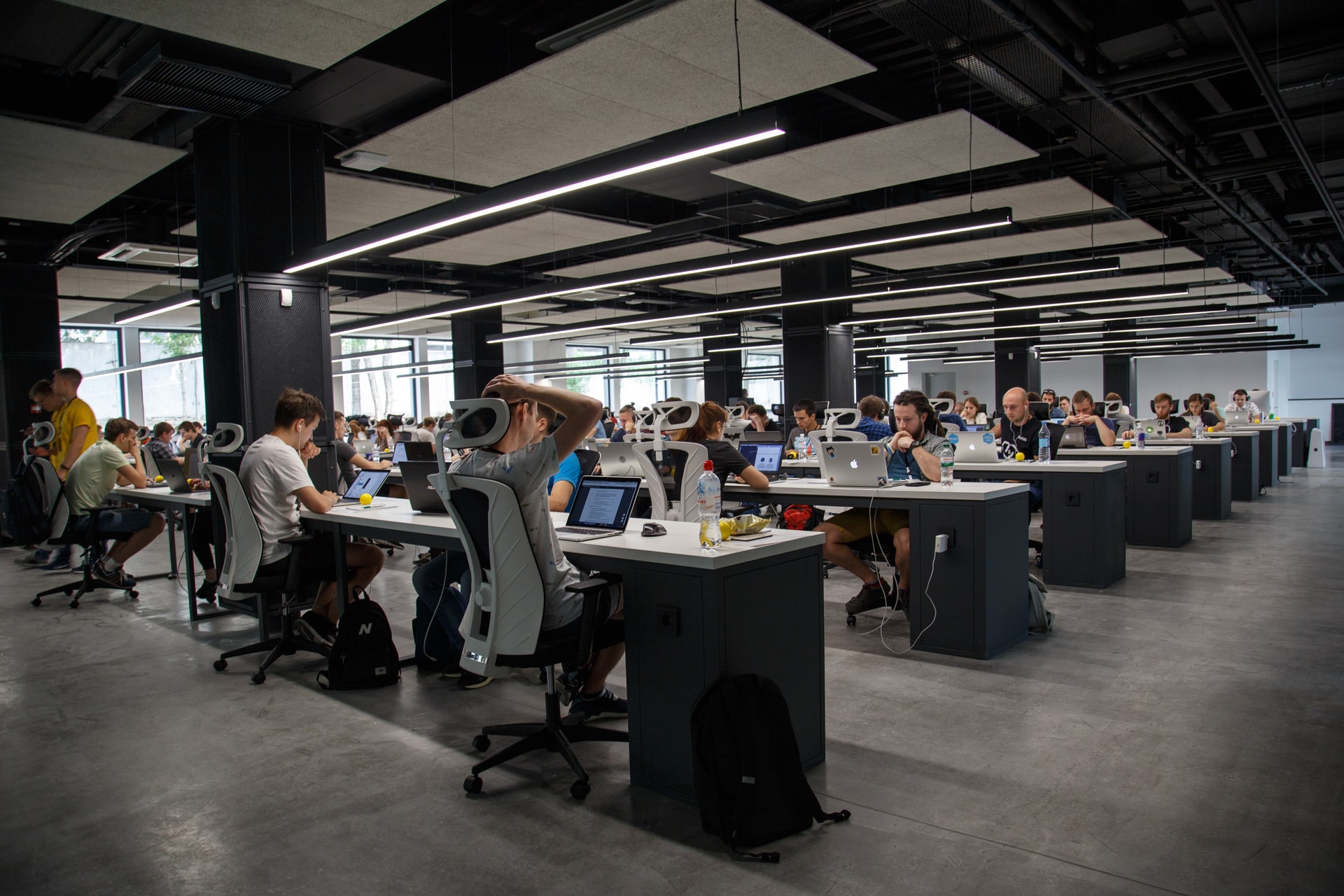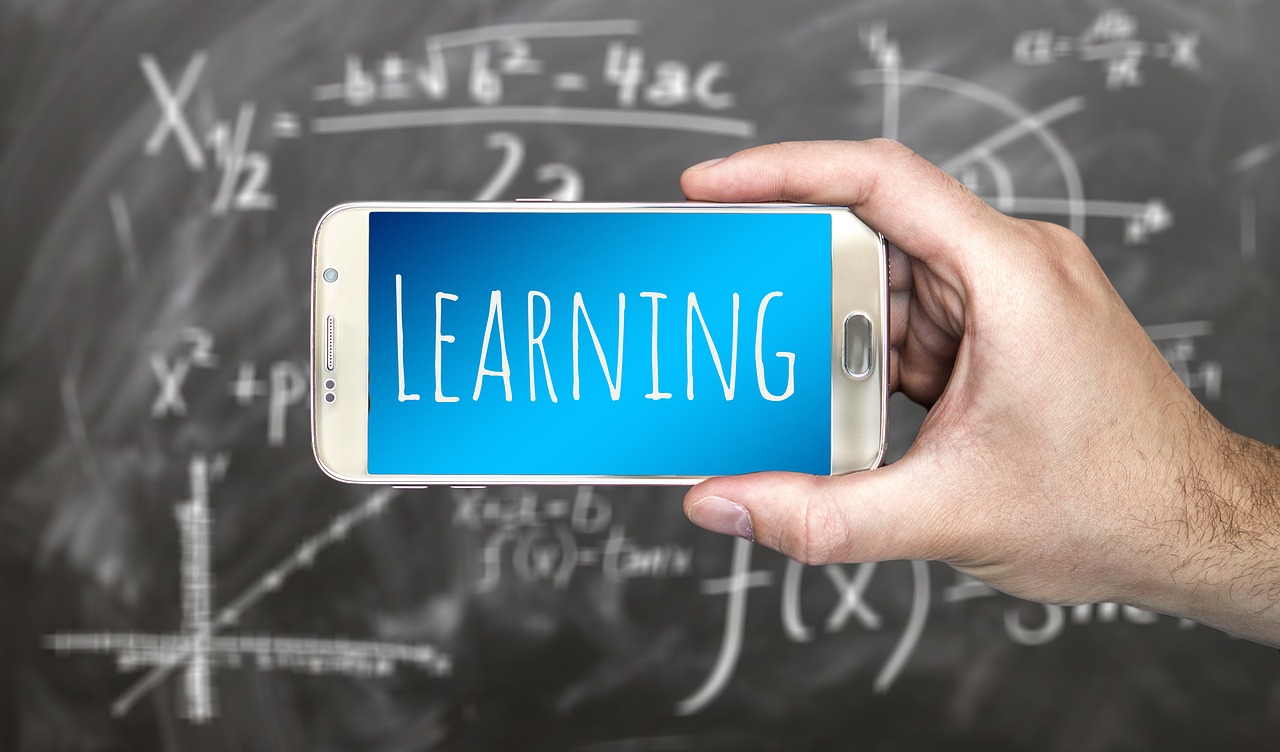What Is The 70 20 10 Model In Education?

You must first comprehend the 70 20 10 models before implementing them in your Learning and Development plan. Let us define this model, the sorts of learning it enables, and how it may be used to develop a high-performing staff.
What Exactly Is The 70 20 10 Model?
70 20 10 is a Learning and Development theory that encompasses all of the various methods by which people learn. This technique is based on learning from experiences, interacting with people, or training.
This strategy is used by organizations to move their focus from training to performance to deliver a more comprehensive approach to learning to their workforce. Businesses may generate and support high-performing workforces by maximizing the impact of learning through experience, socialization, and formal training approaches.
Why Should You Use This L&D Model?
One of the key reasons firms have chosen the 70 20 10 models since the 1980s is to develop a learning strategy that maximizes workforce Learning and Development while increasing employee performance.
While traditional learning offered through formal training programs may be more helpful in addressing skill gaps, performance concerns, or retraining needs, 70 20 10 focuses on workplace learning. It strives to make good employees exceptional by giving a variety of learning opportunities in various ways.
It’s worth noting that the 70/20/10 ratios aren’t set in stone. They should be seen as a broad overview of each sort of learning. The particular breakdown will rely on your organization’s Learning and Development requirements.
The 70-20-10 Formula
According to the 70/20/10 model, people obtain:
- 70% of their knowledge through job-related experiences.
- 20% from interactions with others such as coworkers and managers.
- 10% from formal learning activities.
Experiential learning accounts for 70% of all learning.
Experiential learning occurs as a result of daily chores, problem-solving, and continuous practice. This type of learning is informal and self-directed and allows employees to learn through on-the-job experiences. Employees benefit from it since it allows them to explore and improve their job-related abilities. It also gives kids the ability to make their own decisions to perform specified tasks. Employees are encouraged to confront obstacles, ask questions, learn from their mistakes, and be receptive to performance evaluation.
By executing a task, your employees are more likely to pick it up easily and fast than if they were simply told how to do it. And since they have firsthand experience, they are more likely to remember what they have learned.
Finally, this section of the paradigm is about autonomy. Your staff are gaining knowledge through doing. In the process, kids gain information and become more equipped for future difficulties.
Social learning accounts for 20% of all learning.
Interacting with and observing other people facilitates social learning. This occurs in the workplace through coworkers and management. Your employees learn from their peers while working towards a common objective by completing tasks or projects and conquering problems together.
Mentoring and coaching can also be used to learn from others. For example, if a specific function necessitates excellent negotiation skills, the ideal approach for an employee to learn this talent is to be guided through a bargaining scenario by a colleague or manager who is skilled in this area. The employee might first watch a simulated bargaining scenario before being guided through one. It’s a trial by fire, but without the real-world danger! The employee learns through observing and interacting with others, an opportunity that may not be available through a more formal style of training.
The success of social learning is strongly dependent on your organization’s culture. It is critical to consider how you can assist and enable social learning. Embracing it can result in a more productive workplace and a stronger culture by forming teams that are willing to help and learn from one another.
Only 10% of education is formal.
The most well-known feature of the approach is formal learning, which is learning that is presented systematically. It supplements the experiential and social learning approaches by improving employee performance through goal-oriented and Instructor-Led Training. It’s also useful for developing a foundation of knowledge for a specific topic.
Formal learning is divided into two categories: face-to-face and online. Face-to-face training sessions, tutorials, seminars, workshops, and group presentations are often provided in a classroom-like format.
Online learning using a Learning Management System (LMS) allows you to provide training in a variety of formats, including SCORM or xAPI-based courses, webinars, and videos. Your teams may learn at their speed and in their own time, no matter where they are. Furthermore, you can easily track training progress to assess the impact of your programs on employee performance.
Meeting the Learning Needs of Your Employees
According to the 70 20 10 paradigms, learning and development occur primarily through on-the-job experiences and socialization.
However, some contend that this methodology does not place enough emphasis on more structured learning methods. Formal learning, despite accounting for only 10% of all learning, is critical to meeting your corporate learning objectives.
Begin by determining how this model can assist your organization in meeting its employee development objectives. Experiment with different breakdowns to discover whether they will satisfy the needs of your staff. You’ll soon find out if it’s the best learning technique for your company.






